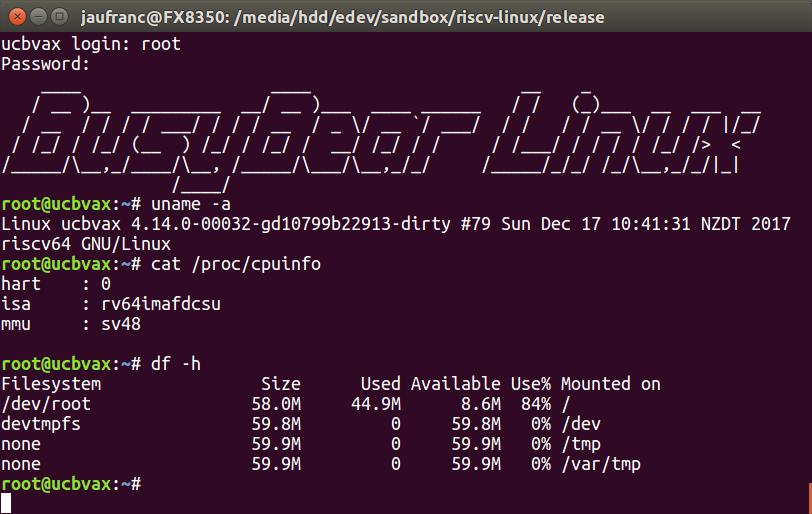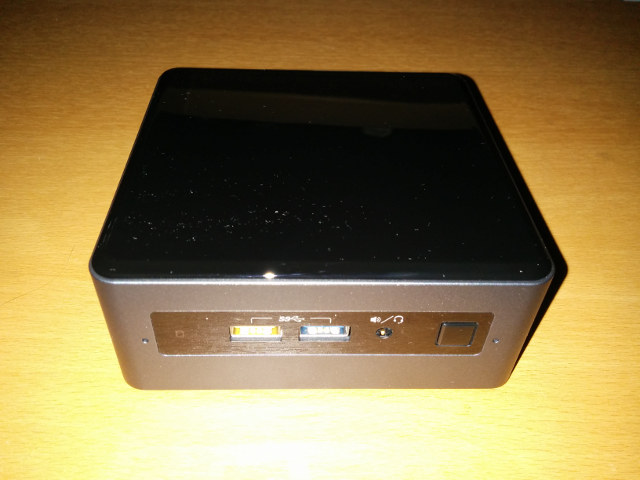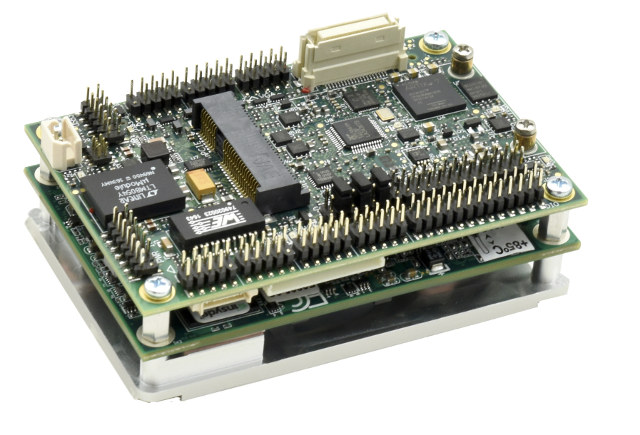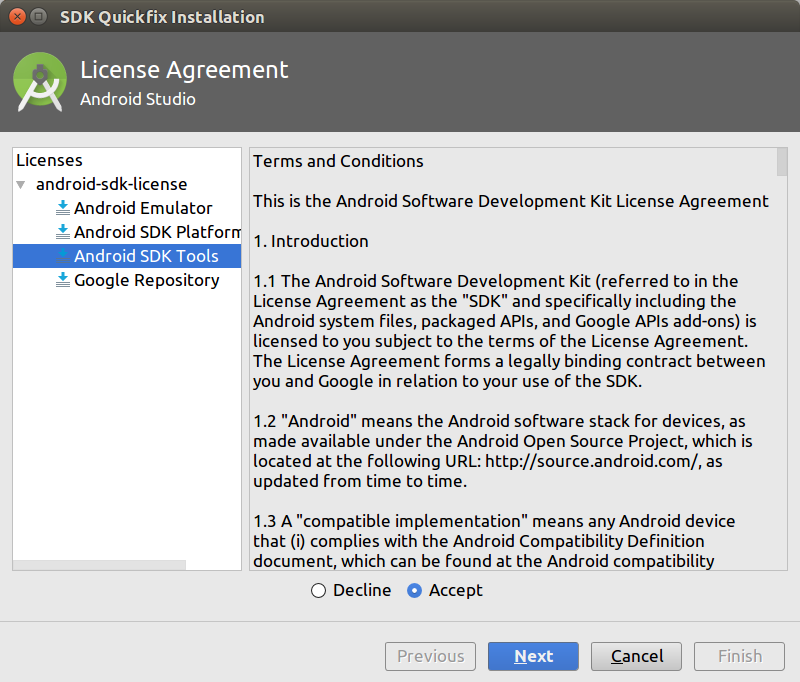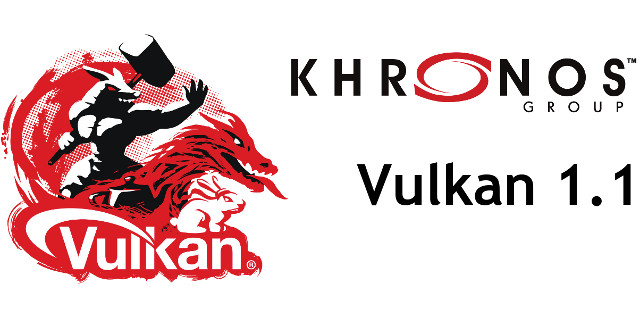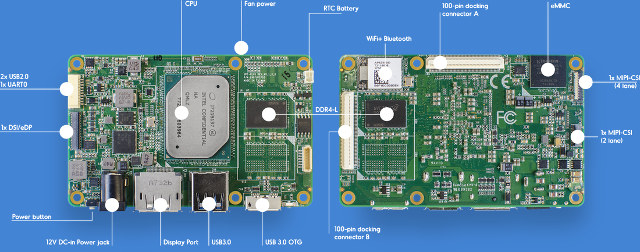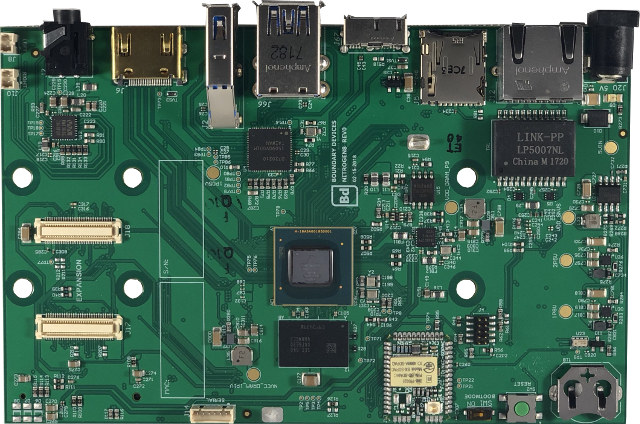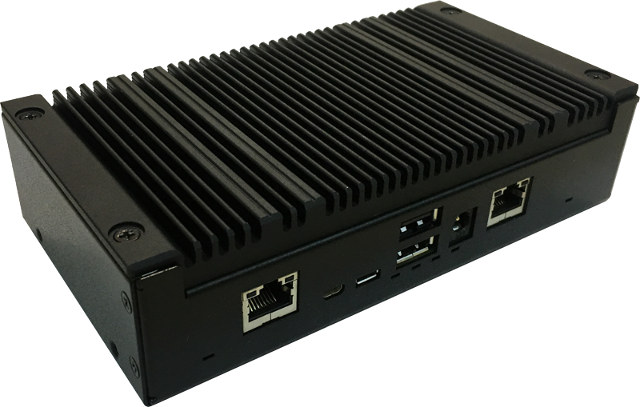RISC-V open-source architecture is starting to become more and more interesting thanks to the growing RISC-V hardware & software ecosystem, and with the recent release of HiFive Unleashed, we even have a board capable of running Linux. The only problem: it costs $999. But luckily, it’s possible to experiment with Linux on RISC-V without extra hardware, just using your current PC. Imperas offers a commercial solution working on both Windows and Linux that relies on busybear-linux RISC-V Linux root filesystem comprised of busybox and dropbear SSH server. The rootfs also works with QEMU, so I tried it in Ubuntu 16.04. The instructions on Github are quite easy to follow. My computer is powered by an AMD FX8350 processor coupled with 16GB RAM, and the whole process took around 2 hours, so better use the fastest computer possible. It also requires around 26 GB of storage on your build machine. First, […]
Intel NUC7CJYSAL “June Canyon” Gemini Lake NUC Mini PC Review with Windows 10 and Ubuntu
The hardware specification for mini PCs has recently evolved past the traditional fixed amount of memory and storage. Now mini PCs are shipping with SODIMM slots allowing RAM expansion and a variety of M.2 or SSD combos providing flexible storage options. Recent mini PCs are also coming to market with desktop processors rather than mobile processors because there has been a gradual acceptance of the necessary inclusion of a small internal fan. In doing so not only is this addressing the key limiting factors for mini PCs but it is also redefines the very definition of a mini PC. Until recently Intel NUCs (Next Unit of Computing) were seen as small-form-factor personal computers primarily because they consisted of the traditional motherboard with a processor, included removable RAM and storage and were enclosed in a case with an external power supply. They were also sold as kits meaning they were essentially […]
Diamond Systems Zeta is a Miniature SBC Based on Bay Trail/Apollo Lake COM Express Mini Modules
Diamond Systems, a Silicon valley based company providing embedded computing solutions for transportation, energy, aerospace, defense, manufacturing, medical and research market, has recently introduced Zeta single board computer comprised of a baseboard, a choice of COM Express Mini type 10 modules based on Intel Bay Trail or Apollo Lake processor, and a heatspreader for cooling. The company explains the small size and high feature density of the solution make it particularly suitable for mobile applications. The SBC also supports a wide range 6-36VDC input voltage, and works in -40 to +85°C temperature range. Zeta SBC specifications: COM’s Processor and System Memory Intel Atom Bay Trail E3825 dual core processor @ 1.33GHz with 2GB RAM Intel Atom Apollo Lake E3940 quad core processor @ 1.6GHz with 4GB RAM Intel Pentium Apollo Lake N4200 quad core processor @ 1.1GHz (burstable to 2.5GHz) with 8GB RAM Storage – 1x mSATA socket , 1x […]
Scrcpy Open Source Software Let You Control an Android Phone via a Windows, Mac OS, or Linux PC
Have you ever wished you could control or mirror your Android smartphone using your computer? Scrcpy, a free and open source program by Genymotion may fit your needs, and works on Windows, Mac OS or Linux. You just need to install (or build) a program on your host computer, connect your phone via USB, switch to developer mode, enable USB debugging, and run the program which will automatically install the server (a jar file) on your phone, which does not need to be rooted. The easiest way to try is with Windows since the developers already provide pre-built binaries, but I installed it on Ubuntu 16.04 instead since it is the operating system I use daily. Some of the packages in Ubuntu 16.04 are a bit old so it took me a couple of hours to successfully install it, and I’d recommend going with Ubuntu 17.10 or 18.04 daily build […]
Vulkan 1.1 and SPIR-V 1.3 Specifications Released
The Khronos Group released Vulkan 1.0 specifications in 2015 as a successor of OpenGL ES, compatible with OpenGL ES 3.1 or greater capable GPU, and taking less CPU resources thank to – for instance – better use of multi-core processors with support for multiple command buffers that can be created in parallel. A year later, we saw Vulkan efficiency in a demo, since then most vendors have implemented a Vulkan driver for their compatible hardware across multiple operating systems, including Imagination Technologies which recently released Vulkan drivers for Linux. The Khronos Group has now released Vulkan 1.1 and the associated SPIR-V 1.3 language specifications. New functionalities in Vulkan 1.1: Protected Content – Restrict access or copying from resources used for rendering and display, secure playback and display of protected multimedia content Subgroup Operations – Efficient mechanisms that enable parallel shader invocations to communicate, wide variety of parallel computation models supported […]
UP Core Plus Board To Support AI Plus FPGA and AI Net Ethernet Expansion Boards
We’ve just written about UP AI Core mPCIe card part of the new AI Edge family from UP Board, but other members will soon be released including UP Core Plus board, that builds upon UP Core Cherry Trail board launched last year, with a choice of Intel Atom x5/x7, and Celeron/Pentium Apollo Lake processors. The form factor is different, but just like the first UP Core board, the Core Plus board supports expansion boards via docking connectors such as the Net Plus Ethernet expansion, and the AI Plus expansion board with Intel Cyclone 10 GX FPGA. UP Core Plus specifications: SoC (one or the other) Intel Atom x5-E3940 (2M Cache, up to 2.00 GHz) Intel Atom x7-E3950 (2M Cache, up to 2.00 GHz) Intel Celeron N3350 (2M Cache, up to 2.50 GHz) Intel Pentium N4200 (2M Cache, up to 2.50 GHz) System Memory – 2GB, 4GB or 8GB on-board DDR4L-2400 […]
Nitrogen8M Single Board Computer with NXP i.MX 8MQuad Processor Comes with Up to 4GB RAM, 128 GB Storage
Boundary Devices Nitrogen6X was one of the first boards based on Freescale i.MX 6 processor when it launched in 2012, and even I never owned their board personally, I liked the fact the company published frequent updates about software development on their blog. With NXP i.MX 8 processors now officially available, the company introduced an update to their SBC with Nitrogen8X powered by NXP i.MX 8MQ quad-core processor, with 2 to 4 GB LPDDR4 RAM, 8 to 128 GB flash, a certified wireless module for WiFi and Bluetooth, and more. The form factor has changed dramatically, however. Nitrogen8M specifications: SoC – NXP i.MX 8MQuad ((Dual, QuadLite available on request) with four Cortex A53 core @ up to 1.5 GHz, one Cortex-M4F real-time core, and a Vivante GC7000Lite 2D/3D GPU System Memory – 2 or 4GB LPDDR4 (2GB standard) Storage – 16MB QSPI NOR Flash, 8GB eMMC flash (expandable to 128 […]
Inforce 6320 Snapdragon 410E Powered IoT Edge Gateway Launched for $250
Inforce Computing launched several boards and modules based on Snapdragon 410/410E including 6301 SoM and 6309 micro SBC, which their customers can integrate into their own products. The company has now launched an “Application Ready Platform” with Inforce 6320 IoT/IoE (Internet of Everything) edge routers that can be deployed directly by their customers. Inforce 6320 comes with a Snapdragon 410E board with dual Gigabit Ethernet, a Wireless module with WiFi and Bluetooth, USB 2.0 ports, a micro HDMI port and other interfaces, as well as a rugged metal enclosure also used for cooling.Inforce 6320 IoT gateway specifications: SoC – Qualcomm Snapdragon 410E processor (APQ8016E) with four ARM Cortex-A53 64-bit CPU @1.2GHz, Adreno 306 GPU with support for OpenGL ES 3.0, DirectX, and OpenCL, Hexagon QDSP6 @ 700MHz System Memory and Storage – 1GB LPDDR3 RAM + 8GB eMMC (eMCP package); MicroSD card connector Connectivity 802.11 b/g/n 2.4GHz WiFi, BT 4.1 […]


